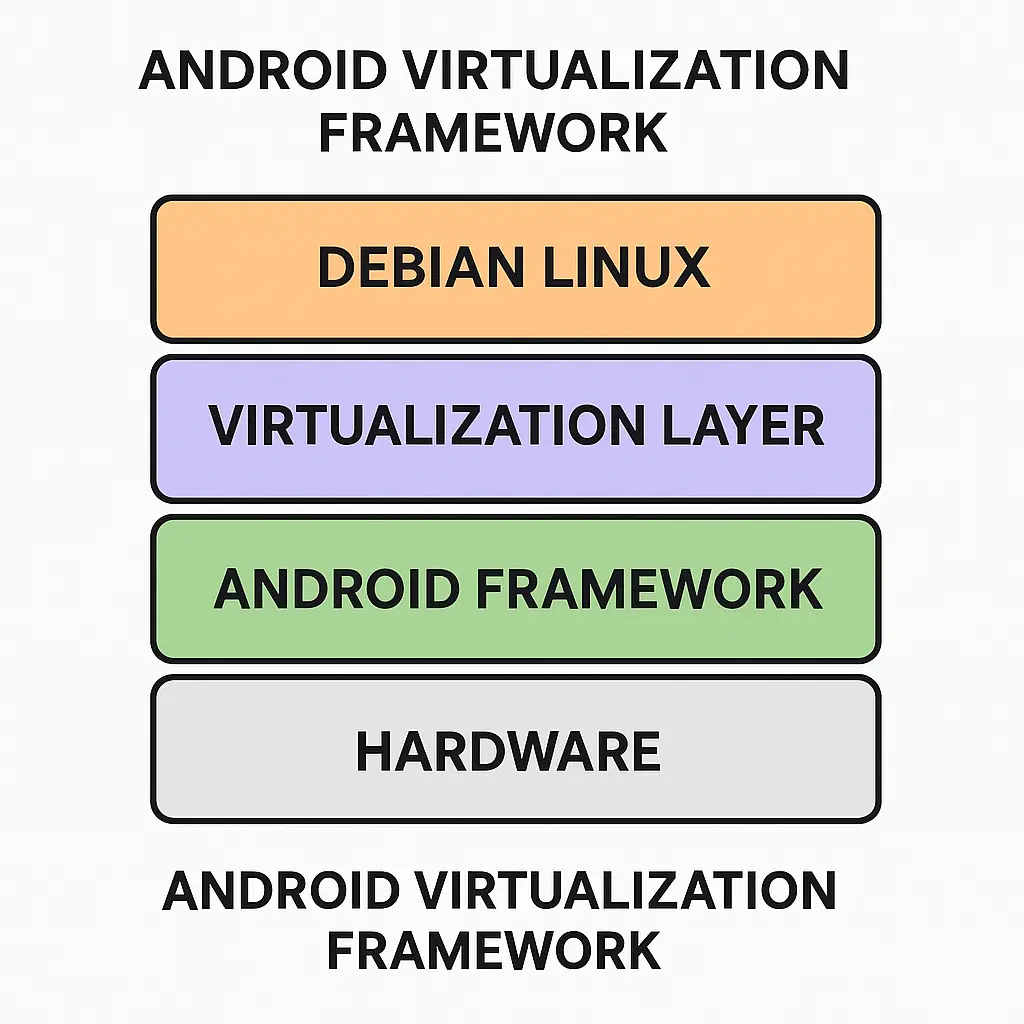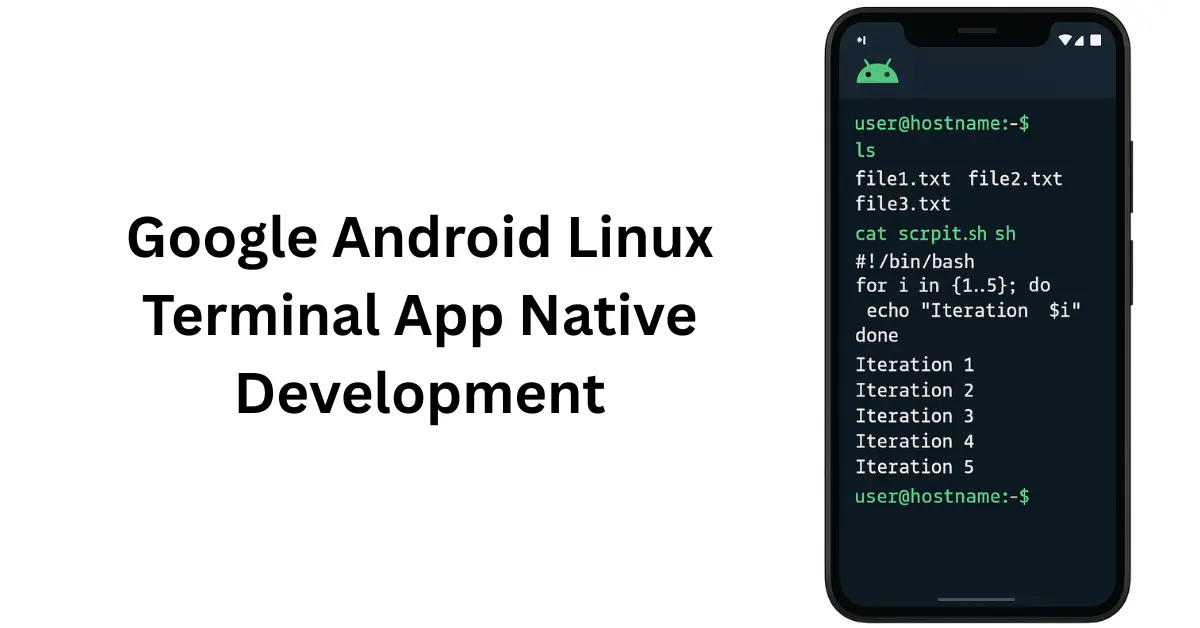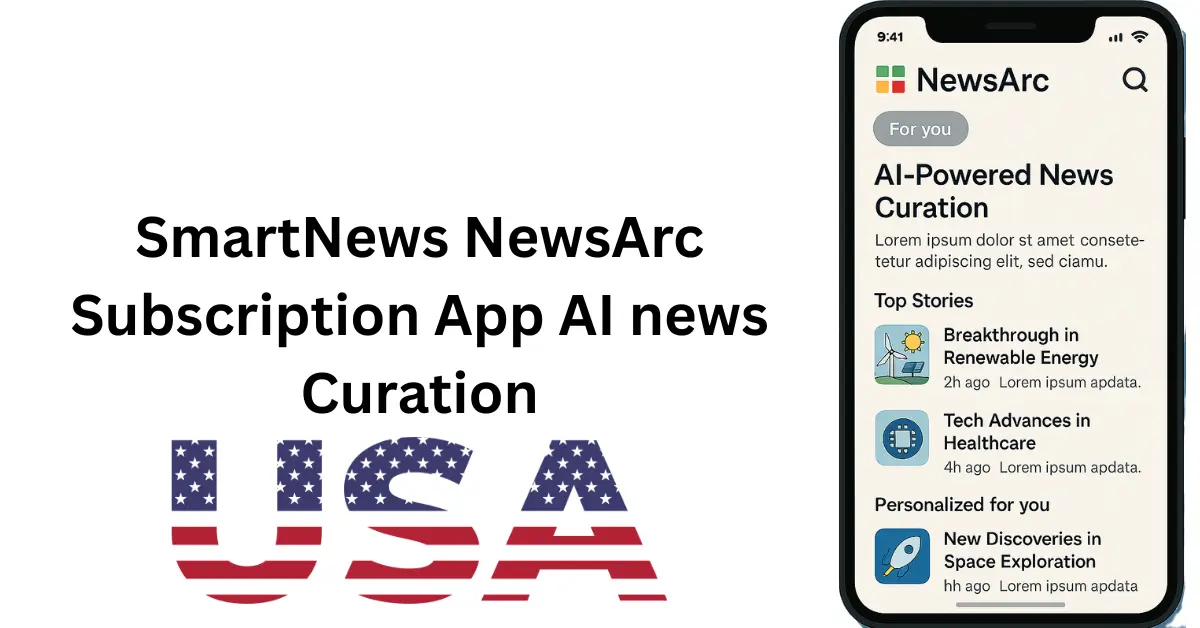Google Android Linux Terminal app native development represents a groundbreaking advancement that fundamentally transforms mobile app creation workflows1. This revolutionary tool enables developers to build Android applications directly on their smartphones and tablets, eliminating traditional desktop computer dependencies for the first time in Android’s 17-year history2.
What Makes Google’s Android Linux Terminal App Revolutionary?
The Google Android Linux Terminal app native development solution runs a complete Debian Linux environment through Android’s Virtualisation Framework (AVF). Unlike existing solutions like Termux, this official Google implementation provides enterprise-grade virtualisation with proper security isolation while maintaining access to standard Linux development tools.
The app downloads approximately 500MB to configure a full Debian instance, providing developers with direct access to traditional Linux command-line tools, package managers, and development environments on their mobile devices. This marks a significant departure from Android’s historical limitation as the only major operating system that prevented native app development.
Revolutionary Impact on Android Development

Eliminating Desktop Dependencies
For the first time in Android’s history, Google Android Linux Terminal app native development enables developers to potentially build Android apps without requiring separate computers6. This addresses a long-standing limitation where Android development traditionally required desktop workstations running Android Studio, unlike macOS or Windows where developers can build apps natively on the platform2.
Enhanced Development Workflows
The Terminal app enables developers to catch bugs during the development phase by testing directly on target hardware6. This capability promises to significantly reduce “Day One bugs” and improve overall app quality by providing immediate feedback during the coding process6.
Full Package Repository Access
While Termux offers approximately 2,000 packages, the Google Android Linux Terminal app native development environment provides access to standard Linux distribution repositories containing 10,000 to 100,000 packages4. This massive expansion in available development tools opens new possibilities for complex Android app development directly on mobile devices4.
Technical Architecture and Security Framework

The Google Android Linux Terminal app native development leverages Android’s Virtualization Framework (AVF), which provides secure isolation between the host Android system and the Debian virtual machine7. This architecture ensures that even if the host Android system becomes compromised, the Linux development environment remains protected7.
The virtualization approach also enables proper resource allocation and management, allowing developers to control CPU, memory, and storage resources dedicated to their development environment7.
Current Capabilities and Development Limitations
Available Features
Currently, the Google Android Linux Terminal app native development offers several essential capabilities:
-
Full command-line access to Debian Linux environment3
-
Disk space allocation management for the virtual machine3
-
Port forwarding configuration for network communication8
-
Storage partition recovery options3
Present Limitations
The most significant current limitation involves ARM CPU compatibility. Android Studio, Google’s primary development IDE, currently lacks ARM support for its Linux version1. This prevents the complete “develop on device” workflow that the Google Android Linux Terminal app native development promises to enable1.
Additionally, graphical application support remains limited in the current implementation. However, beta testing has demonstrated successful execution of GUI applications including Chromium, GIMP, and LibreOffice on Pixel devices12.
Future Development and Android 16 Integration
Google plans substantial enhancements for the Google Android Linux Terminal app native development integration with Android 1696. Expected improvements include:
Graphics and Hardware Acceleration
Google is actively developing graphics support, audio integration, and hardware acceleration for the virtualization framework2. These enhancements will enable full desktop application experiences within the Android environment2.
Desktop Gaming Potential
The framework could theoretically support Windows game compatibility through Proton, similar to current Chromebook capabilities2. However, ARM architecture compatibility remains a challenge that Valve is reportedly addressing2.
OEM Integration
While currently limited to Pixel devices, Google intends to expand Google Android Linux Terminal app native development availability to all “sufficiently robust Android phones” with Android 16’s release96.
Strategic Implications for Android Ecosystem
Desktop Platform Evolution
The Google Android Linux Terminal app native development represents a crucial component in the company’s broader strategy to transform Android into a legitimate desktop computing platform2. This aligns with ongoing efforts to merge Android and ChromeOS capabilities1.
The implementation suggests Google’s vision for Android devices that can function as full desktop replacements when connected to external displays, keyboards, and mice1. This approach could position Android tablets and phones as viable alternatives to traditional laptops for development work10.
Developer Accessibility
The Google Android Linux Terminal app native development dramatically lowers barriers to Android development by eliminating expensive hardware requirements6. Developers in regions where high-end desktop computers are cost-prohibitive could now participate in Android app development using only their mobile devices6.
Getting Started with Native Development
Currently available on Pixel devices running the March 2025 update, users can access the Google Android Linux Terminal app native development through Developer Options11. The setup process requires:
-
Enable Developer Mode by tapping Build Number seven times9
-
Navigate to Settings → System → Developer Options → Linux Development Environment9
-
Download the initial Debian configuration (approximately 500MB)11
-
Configure virtual machine settings as needed11
Industry Response and Adoption Prospects
The Google Android Linux Terminal app native development addresses long-standing developer requests for native Android development capabilities12. While some developers express concerns about performance overhead from virtualization4, the benefits of having a complete Linux development environment on mobile devices generally outweigh these limitations4.
Early testing indicates that while performance may be slower than native execution, the Google Android Linux Terminal app native development provides sufficient functionality for serious development work2. The ability to run desktop-class applications on mobile hardware represents a significant advancement in mobile computing capabilities2.
Conclusion
Google Android Linux Terminal app native development represents a transformative advancement in mobile development, finally enabling native Android app development directly on Android devices. While current limitations around ARM support and GUI applications exist, the foundation Google has established promises to revolutionise how developers approach Android app creation.
This innovation positions Android not just as a mobile operating system, but as a comprehensive development platform capable of supporting the full software development lifecycle. As Google continues refining the Google Android Linux Terminal app native development and expanding its capabilities, we can expect to see fundamental changes in how Android development is approached, potentially democratizing app development by removing traditional hardware barriers.
The Google Android Linux Terminal app native development exemplifies Google’s commitment to evolving Android beyond its mobile roots into a versatile computing platform suitable for both consumption and creation. For developers seeking greater flexibility and accessibility in their Android development workflows, this tool represents a significant leap forward in mobile development capabilities.
External Resources:
Read Also:




